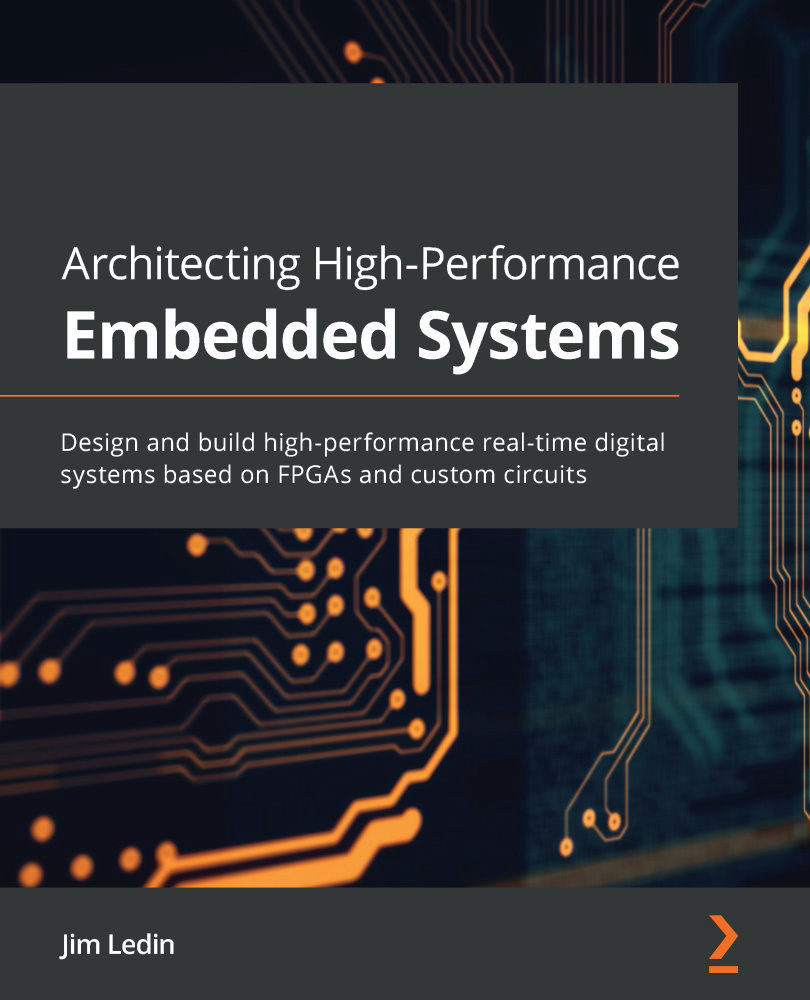Coding style
The C and C++ programming languages have many powerful features but also present many opportunities for developers to insert unintended behaviors that can manifest later as severe bugs. By following a set of code styling rules, you can substantially increase the likelihood that your code will perform as intend and, perhaps even more importantly, the code will be easier to read and understand for future maintainers.
Of course, simply following a set of style guidelines does not guarantee your code will be bug-free. The consistent application of coding style rules is just one part of an effective firmware development process that includes thorough testing and rigorous version control.
The following sections list some fundamental coding style guidelines applicable to C and C++. Similar rules can be applied to other programming languages we use, such as VHDL and C#. When multiple developers are working on a project, all of them should follow the same style guidelines...




































































